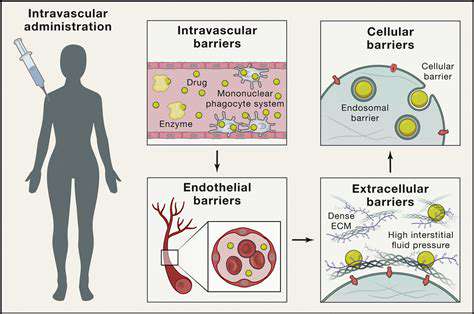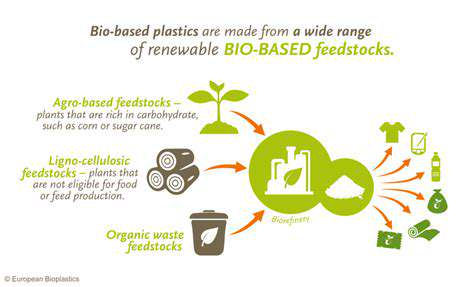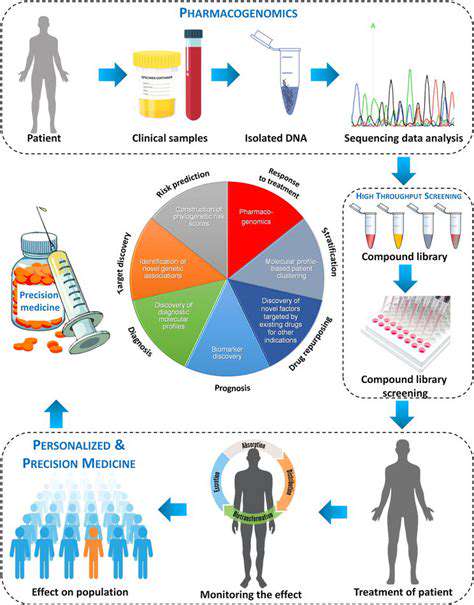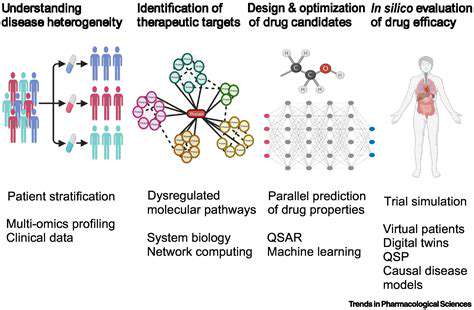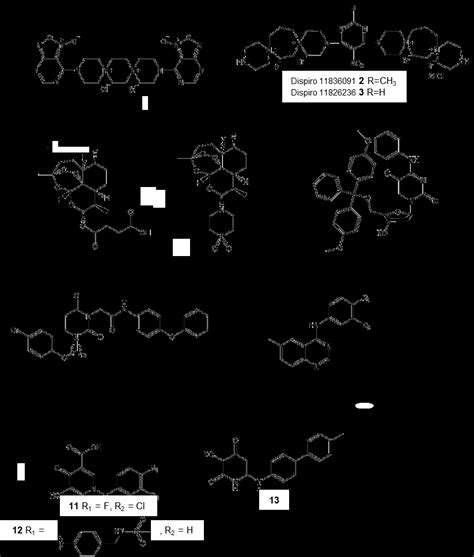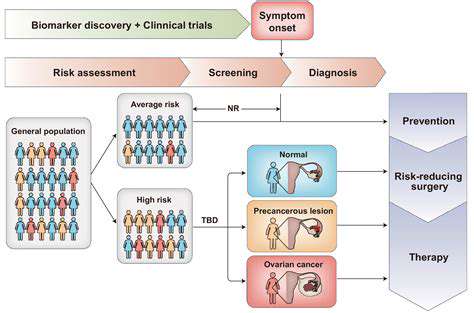Bio-Based Materials: A Growing Market
In today's world, bio-based materials are emerging as a vital substitute for petrochemicals, paving the way for a greener future. Industries are witnessing a surge in demand for these materials, fueled by heightened environmental awareness among consumers and stricter government regulations. Whether it's packaging or construction, bio-based options are proving their adaptability and potential to outperform traditional petroleum-based products, carving out a significant and rapidly growing niche.
What's driving this growth? The answer lies in the abundance of renewable resources like agricultural waste, forestry leftovers, and even algae. These natural materials can be transformed into bio-based products that often match or exceed the quality of petrochemical alternatives. Breakthroughs in bioprocessing are making these materials more accessible and cost-effective, positioning them as serious contenders in the market.
Sustainable Production and Environmental Impact
One of the standout benefits of bio-based materials is their eco-friendly production process. Unlike petrochemicals that deplete finite fossil fuels, these materials come from renewable sources, significantly reducing their environmental toll. By utilizing agricultural and forestry byproducts, we're not only cutting down on deforestation but also promoting a circular economy where waste becomes valuable raw material.
The environmental advantages don't stop at production. Many bio-based materials naturally break down over time, offering a powerful solution to the global plastic waste crisis. This stands in stark contrast to traditional plastics that linger for centuries, wreaking havoc on ecosystems. The move toward bio-based alternatives represents a crucial step in combating pollution and fostering sustainable resource use.
Moreover, producing these materials can create new income streams for rural communities by integrating with existing farming and forestry operations. This dual benefit of environmental protection and economic growth makes bio-based materials an increasingly attractive option across multiple industries.
Technological Advancements and Applications
Cutting-edge biotechnologies are revolutionizing what's possible with bio-based materials. Scientists can now engineer materials with specific properties for specialized uses, expanding their applications far beyond conventional boundaries. For instance, bio-polymers are making waves in everything from compostable food packaging to eco-friendly building materials.
The development of bio-composites – blending natural materials with other components – is particularly exciting. These hybrid materials offer enhanced performance characteristics that are finding applications in high-tech industries like automotive manufacturing and aerospace engineering. As research progresses, we're seeing more innovative uses for bio-based foams, films, and adhesives in various industrial processes.
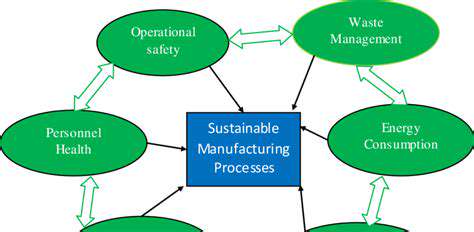
Bioremediation: Cleaning Up Pollution and Restoring Ecosystems
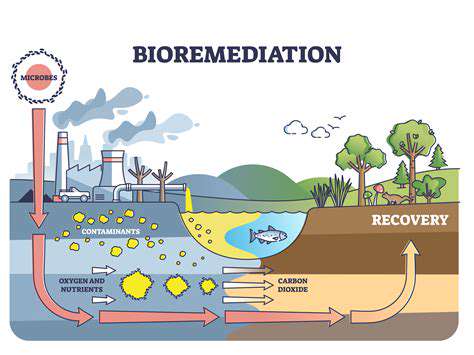
Bioremediation: Harnessing Nature's Power
Nature has provided us with powerful allies in the form of microorganisms – bacteria and fungi that can break down harmful pollutants. These tiny organisms possess extraordinary chemical abilities, capable of tackling everything from oil spills to toxic pesticides. This natural approach to environmental cleanup is proving to be both cost-effective and environmentally sound compared to conventional methods.
The beauty of bioremediation lies in its simplicity – it works with nature rather than against it, avoiding the need for harsh chemical treatments or disruptive physical interventions.
Types of Bioremediation Techniques
Environmental scientists have developed various bioremediation strategies tailored to different contamination scenarios. One common method involves stimulating existing microbial populations at polluted sites by optimizing their growth conditions. This approach, called biostimulation, often yields impressive results.
For more stubborn pollutants, specialists sometimes introduce specially selected microorganisms in a process known as bioaugmentation. This technique proves particularly valuable when dealing with complex chemical contaminants that local microbes can't naturally break down.
Factors Influencing Bioremediation Success
The effectiveness of bioremediation depends on several key factors. The chemical nature and concentration of pollutants play a crucial role, as do environmental conditions like temperature and soil composition. Careful site evaluation is essential to develop the most appropriate remediation strategy for each unique situation.
Microorganisms need proper nourishment to thrive and do their cleanup work. Adequate levels of nutrients like nitrogen and phosphorus often make the difference between success and failure in bioremediation projects.
Applications of Bioremediation in Various Contexts
Bioremediation has demonstrated its versatility in diverse settings, from marine oil spills to contaminated industrial sites. The approach has successfully addressed groundwater pollution and soil contamination across the globe.
Water treatment represents one of bioremediation's most promising applications. Specialized microbial strains can purify polluted water sources, helping restore ecological balance and protect public health.
Challenges and Future Directions
While promising, bioremediation isn't without its challenges. Complex pollutants, unfavorable environmental conditions, and competing chemical processes can all hinder effectiveness. Researchers continue working to overcome these obstacles.
The frontier of bioremediation research involves developing superior microbial strains through advanced genetic techniques and process optimization. These innovations promise even more powerful solutions to environmental contamination in the years ahead.
